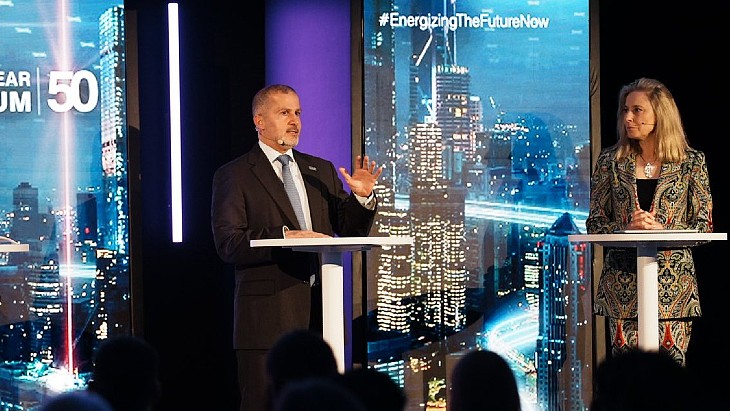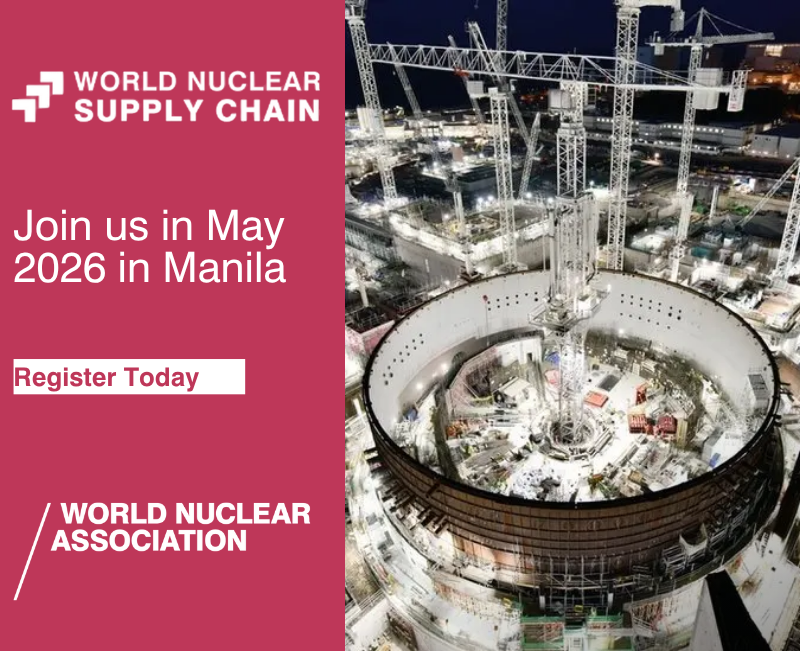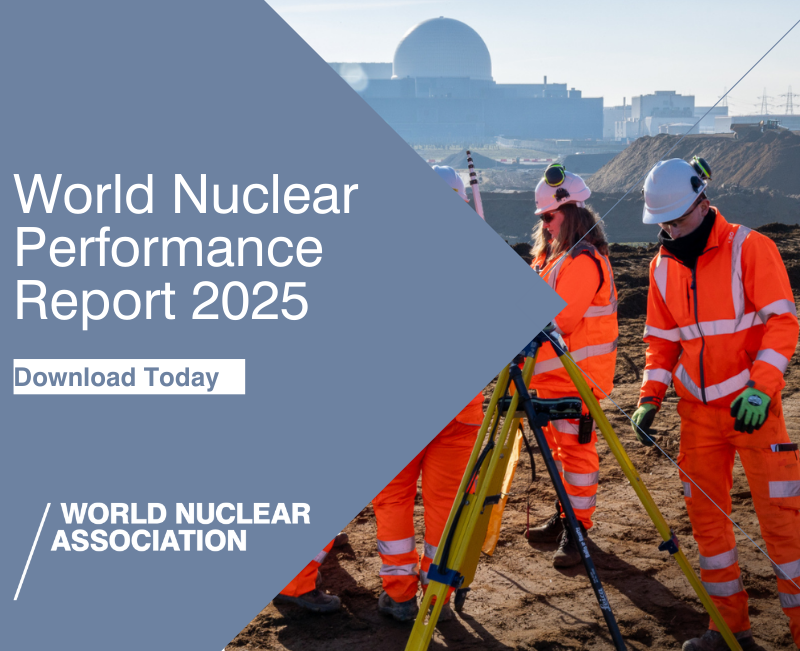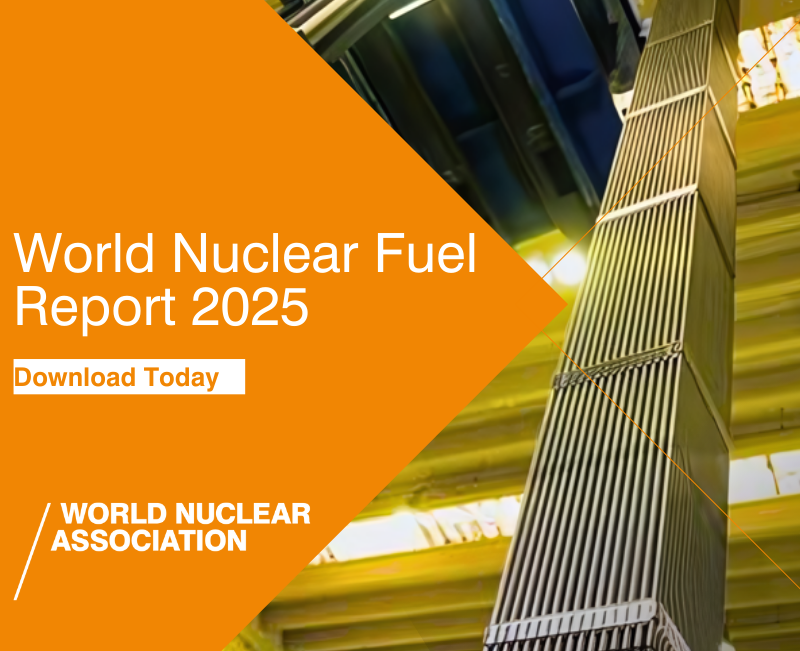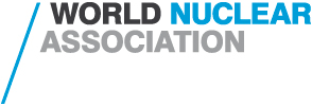The UK's ambassador to the international institutions in Vienna, Corinne Kitsell, opened the side event at the International Atomic Energy Agency's 69th General Conference by setting out the goal "to focus on how international collaboration between regulators can create more efficient, harmonised approaches to reactor design assessment, benefiting both industry and global nuclear safety, security, and safeguards".
She said that the key to making small modular reactors successful was regulation - "we must have a robust, yet agile, regulatory environment. We need to ensure the highest standards of safety, security and safeguards while enabling efficient global deployment".
She also noted that in addition to the trilateral collaboration between the UK, USA, and Canada, a memorandum of understanding had been signed this week by the UK's Office for Nuclear Regulation and the US Nuclear Regulatory Commission, which aimed to enable the "safe, efficient and accelerated deployment of next generation nuclear technologies".
Diego Lisbona, Head of Regulation for Advanced Nuclear Technologies at the UK's Office for Nuclear Regulation (ONR), said the UK Nuclear Regulatory Task Force had earlier this year "made strong recommendations for streamlined approaches" and "we recognise that we have a role to play to reduce unnecessary burden to focus on risk and accelerate and streamline regulatory assessment and approvals".
He noted the estimated 30% benefit of replication of units at Hinkley Point C and said "regulators should harness the benefits from replication and international cooperation, so when the regulators for like-minded countries are assessing the same design and the same timeframe, we can realise those efficiencies".
As an example, he said that there were five countries observing the design assessment process being carried out in the UK for the Rolls-Royce SMR.
Ramzi Jammal, Executive Vice-President and Chief Regulatory Operations Officer, Canadian Nuclear Safety Commission, stressed that the collaboration between Canada, the USA and the UK "did not happen overnight ... we started this discussion bilaterally around 2008".
He said that collaboration had not been easy and there had to be cultural changes and a lot of time spent to understand each other's processes and to build trust in the work of the other countries' regulators.
With that trust established in technical information being "solid", what "we're talking about is the fundamental principle of transportability of the technical information, but the regulatory decision stays national".
Mike King, acting Executive Director for Operations at the US Nuclear Regulatory Commission, said: "When a developer decides to develop a design with an intent to export that design in multiple countries, they are focused on trying to match as many of the regulatory requirements in the countries that they might deploy in. And so it's a natural opportunity for regulators for those countries to come together and, recognising their sovereign differences, explore ways to harmonise as much as possible to leverage each other's technical capabilities. And I think we've cited a couple of examples where even with one or two designs that we've had experience with so far, collaboration between the UK, US, and Canada, we've identified some significant efficiency gains. And so I think that's an early indication of the potential real opportunities down the road."
He echoed his Canadian counterpart's point about building trust: "It's one thing to establish an MoU ... it's another thing when you start digging into the design and you get your technical staff involved with the reviews. Initially, what we found is they were very cautious about trusting each other's opinions. But as you build more of these relationships over time, and build that trust relationship, you understand you're all trying to achieve the same goal. What we found was over time, we were more comfortable embracing each other's technical work and viewing it in a value-added context instead of more of a questioning kind of context."
The small number of countries/regulators involved helped with building the trust, he said, and said you also need the technology vendor's "willingness to share proprietary information". The example given of benefits was a 30% reduction in time in the UK relating to the review of the GE Vernova Hitachi BWRX-300 small modular reactor.
The UK's Lisbona said that when they engage with vendors and technology providers, they now discuss, where relevant, what stage they have got to in the US or Canadian process and what changes they might be proposing for the UK and have "frank discussions" aimed at aligning the "design preferences, scopes and timeliness that enable the realisation of efficiencies".
As far as wider international cooperation, Canada's Jammal said the collaborating regulators had to have the same maturity, experience and so they are all on the same level - "we are open to support, but if it's going to slow us down ... we're not doing ourselves any service ... we want to do it where there is a return from our collaboration".
Michelle Catz, GE Vernova Hitachi Nuclear Energy, asked the panel about the impact of the US President's executive orders and proposed sunsetting of some regulations and the impact on collaboration when other countries still had those regulations.
The US NRC's King said there were restrictions on what could be shared at the moment, but he said that they intended to ensure, during the review of regulatory requirements, "that we don't do it in a way that would disrupt things that are already on-going".
Another questioner asked whether there was potential in future for countries to accept the licensing approval in a different country. All replied that regulators would retain sovereignty over decisions in their country - the collaboration was more focused on sharing technical reports, assessments and information.
King said the key was to start early, to understand the differences between regulatory requirements.
The UK's Lisbona said, "it's not blind acceptance, it's acceptance of elements where they are understood and they are shared and have been checked with an appropriate level of due diligence". He said that his advice was to "plan, plan and plan early for international cooperation ... vendors, think about what jurisdictions you want to deploy in, what timescales, what your reference design is and plan for that and start those conversations early".
The US's King said: "I think from our experience we've kind of aligned that there's a lot of benefit to these arrangements, but I'll just reinforce a key point that benefit needs to be there for all entities involved. You've got to be at the right point in time with your own regulatory infrastructure. You've got to have the right developers at the right stage of maturity engaging you ... we're all stretched resources-wise as regulators, we have to spend time where we think it benefits us the most."

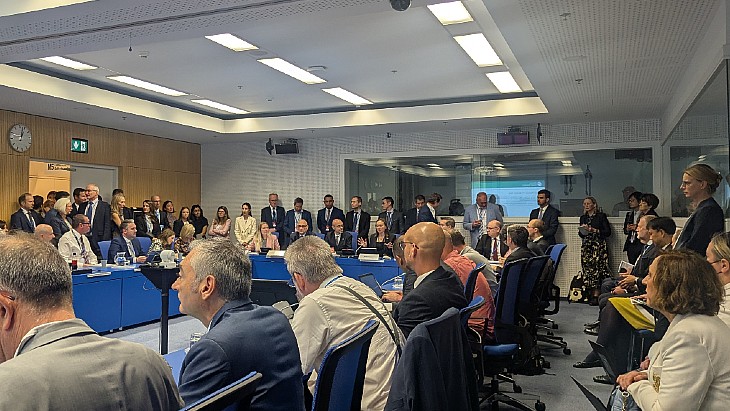



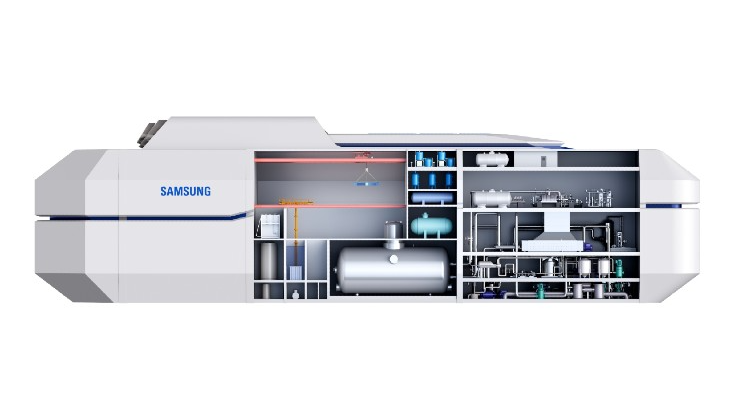
_63865.jpg)
_18570.jpg)
_16159.jpg)

